INFOMATIX IPC
(Intelligent Passenger Counting)
(Intelligent Passenger Counting)
The main function of INFOMATIX IPC is to provide analytical information about the actual volumes and dynamics of passenger traffic on a different routes.
Key functionality:
Key functionality:
- Recording and transmission of primary information for subsequent processing
- Analytical processing of primary data
- Providing reports and analytical information for specialists. Reports can be provide a different access rights for a various levels;
- Determining the need for a units on a line, taking into account the demand for passenger transportation;
- Optimizing vehicle time-tables depending on the volume of passenger traffic;
- Adjusting time-tables for controllers taking the routes.
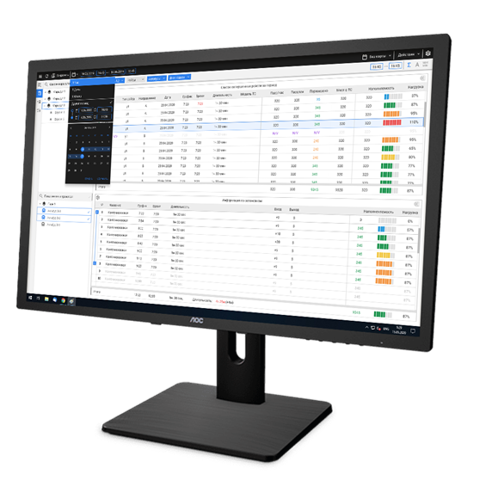
Sources of the input data for IPC
Широкие возможности для публикации, модерации, персональной настройки для разных групп целевой аудитории.
CRM ДЛЯ ПОСТАВЩИКОВ КОНТЕНТА
Удобная система связи и управления для владельцев всех видов подвижного состава.
ДЛЯ ДИСПЕТЧЕРСКИХ СЛУЖБ
Нативная интеграция вашей информации, сбор актуальных данных
о пассажиропотоке.
о пассажиропотоке.
ДЛЯ БИЗНЕСА


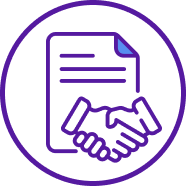

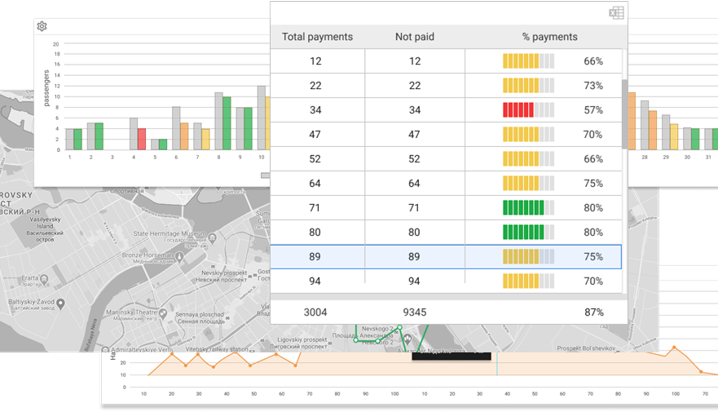
- Vehicle on-board computer;
- Various passenger traffic sensors;
- Video cameras;
- GPS or GLONASS navigation module;
- Payment systems;
- Wi-Fi access points;
- Driver display unit, etc.
Sources of the output data for IPC
- Interactive tables;
- Maps;
- Graphs and charts.
Широкие возможности для публикации, модерации, персональной настройки для разных групп целевой аудитории.
CRM ДЛЯ ПОСТАВЩИКОВ КОНТЕНТА
Удобная система связи и управления для владельцев всех видов подвижного состава.
ДЛЯ ДИСПЕТЧЕРСКИХ СЛУЖБ
Нативная интеграция вашей информации, сбор актуальных данных
о пассажиропотоке.
о пассажиропотоке.
ДЛЯ БИЗНЕСА




Basic interface elements
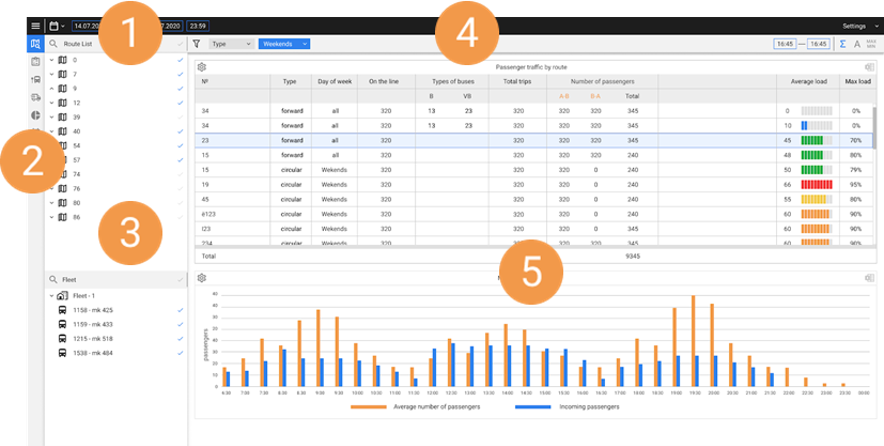
- Control panel with data sampling period;
- Menu for selecting a type of report;
- Filter menu for selecting routes and vehicles;
- A set of filters for data selection;
- Summary analytical information.
Basic types of reports
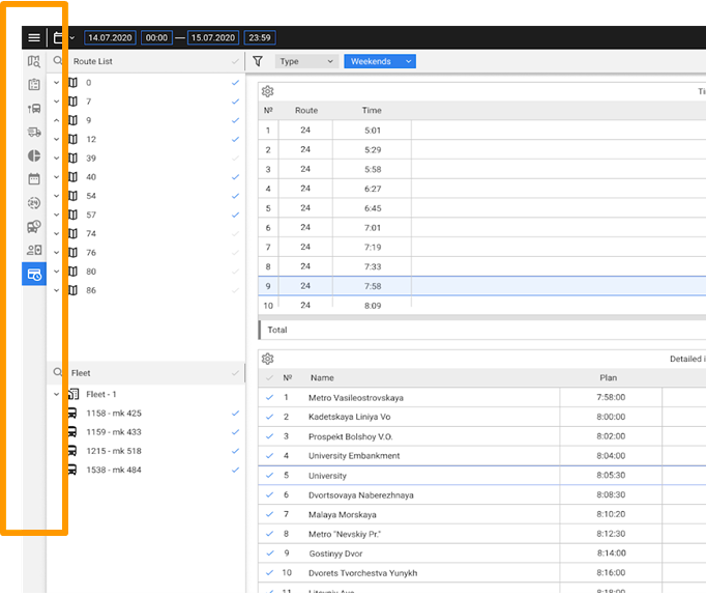
- Passenger traffic by routes or stops;
- Vehicle efficiency;
- Ratio of trips by the volume of transported passengers;
- Daily transportation by examination days;
- Passenger traffic by stops in different periods of the day;
- Workload of the vehicle online;
- Fare payment;
- Payment statistics.






System advantages
Flexible settings and data aggregation
Comparing primary data with data received from the customer's subsystems
Enhancement of system capabilities by customer request
Automated data quality control
Convenient data presentation as maps, charts and tables
User-friendly interface that allows you to quickly get the information you need
Integration with payment system
Most vehicles have contactless payment system onboard which allow to read information about the number of transactions were made. Based on these data and passenger traffic data, you can obtain:
- Report on payment by routes and individual vehicles;
- Report on payment by tracks of passengers;
- Comparison table: number of paid tickets (in any way) / number of passengers actually transported during time period;
- Charts that provide information about the fill rate of the compartment and the number of payments made by time of the day.
Based on this data, it is possible to make conclusions about the economic efficiency of trips, and decide to release additional vehicles.
Services
